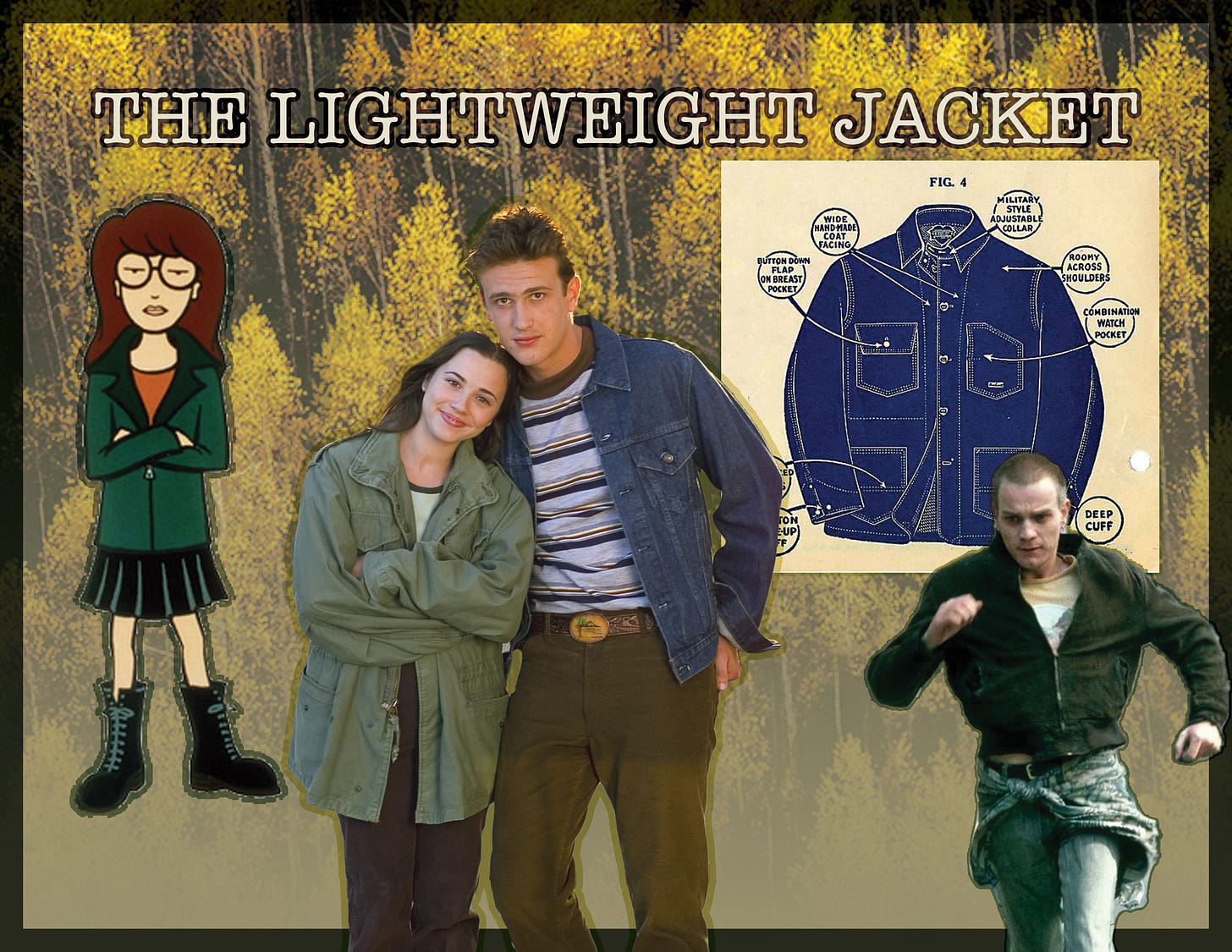The importance of transitional layers (hang on to your light jacket).
One jacket, four ways. Also read the first in a points-of-measurement series guide, helping you find your right jacket fit.
Keep reading with a 7-day free trial
Subscribe to CRACD: Clothing Recs & Advice from a Clothing Designer to keep reading this post and get 7 days of free access to the full post archives.



